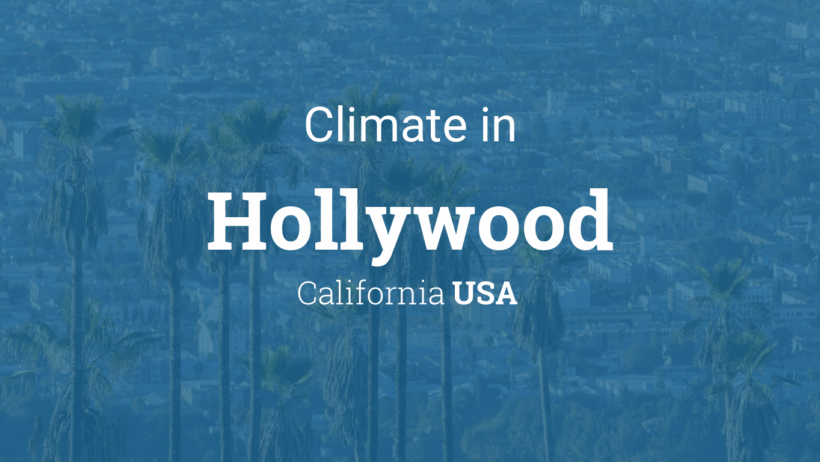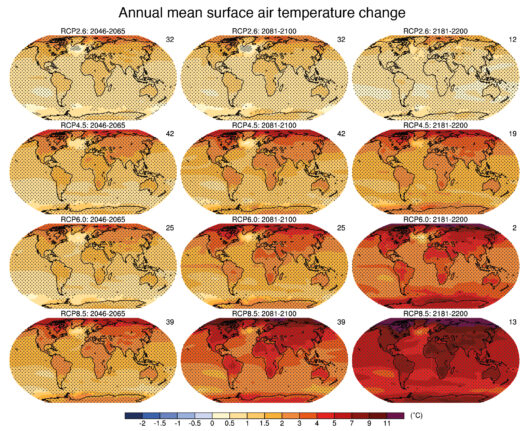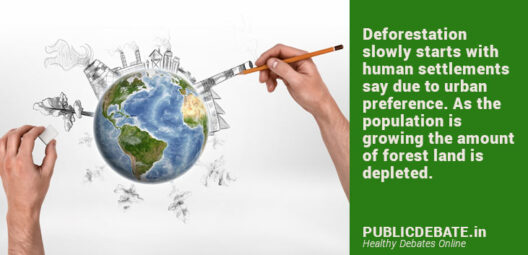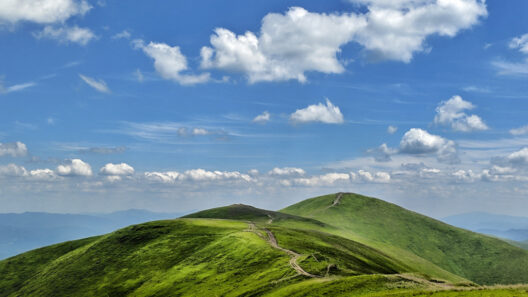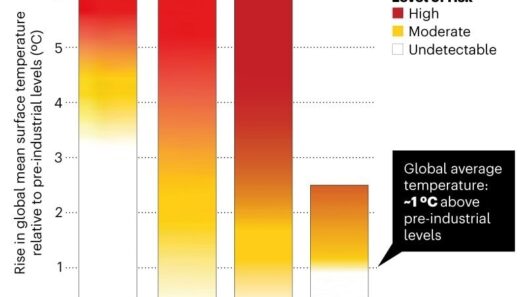Los Angeles, renowned for its glitz and glamour, is also celebrated for its distinctive climate. Nestled in Southern California, the city enjoys an enviable Mediterranean climate characterized by mild, wet winters and hot, dry summers. Understanding this climate is vital, not only for residents but also for tourists and environmental enthusiasts alike.
The backdrop of the Pacific Ocean significantly influences the climate of Los Angeles. Oceanic breezes contribute to a temperate atmosphere, bringing relief from the intense summer heat that can frequently soar above 90°F (32°C). This natural air conditioning effect creates a unique microclimate that can vary considerably even within the city limits. For example, coastal areas often experience cooler temperatures compared to the hotter, inland regions like the San Fernando Valley, where sweltering conditions can prevail.
Winters in Los Angeles are predominantly mild, with average daytime temperatures hovering around 68°F (20°C) from December to February. Precipitation occurs primarily in these months, with January typically being the wettest. Yet, the annual rainfall totals remain relatively low, averaging just about 15 inches (380 mm) per year. This scarcity of rain leads to the stunning landscapes that characterize the region, including the iconic palm trees and vast stretches of dry, golden hills.
Summer months, from June to August, showcase the quintessential Southern Californian sunshine. Daytime highs can reach up to 85°F (29°C) to 95°F (35°C) while nights cool down significantly. This diurnal temperature variation allows for comfortable evenings, ideal for outdoor gatherings and events. However, the dry summer season also necessitates water conservation efforts. The region is prone to drought conditions, which have prompted various initiatives aimed at promoting sustainable water usage and reducing waste.
Climate extremes occasionally manifest in the form of Santa Ana winds. These powerful, dry winds originate from the inland deserts, sweeping through the canyons and onto the coastal plains. They can raise temperatures dramatically, heightening fire risk in the dry season. It is during these events that the region becomes particularly vulnerable to wildfires, emphasizing the critical intersection of climate patterns and environmental hazards that affect the local populace.
The biodiversity in Los Angeles is closely tied to its climate. The city is home to a variety of unique ecosystems, housing flora and fauna that thrive in arid conditions. From coastal sage scrub to chaparral, these ecosystems are adapted to the area’s climatic regime. Various conservation efforts are underway to preserve these habitats against urban encroachment and climate change threats. The Los Angeles River, often seen as an urban corridor, plays a central role in maintaining local biodiversity while offering recreational spaces for residents.
The entertainment industry, which thrives in Hollywood, also pays homage to the city’s favorable climate. Year-round sunny weather permits the kind of outdoor filming that is virtually unmatched. Many iconic movies and television shows feature the stunning landscapes and vibrant sunsets characteristic of Southern California. However, the climate’s predictability is not just beneficial for filmmakers; it encourages tourism that heavily supports the local economy. Beaches, hiking trails, and cultural activities are magnets for visitors drawn to the allure of sunny skies and moderate temperatures.
However, the effects of climate change are beginning to permeate this serene environment. Rising temperatures are altering precipitation patterns and increasing the frequency of heatwaves. As global temperatures escalate, the Mediterranean climate of Los Angeles faces unexpected challenges, such as prolonged drought periods and unpredictable rainfall. Communities are experiencing a growing awareness of sustainability practices and renewable energy options, crucial in mitigating adverse climate impacts.
Acknowledging the interplay between urbanization and climate requires a deeper examination of carbon footprints and sustainable practices. Initiatives promoting solar energy, efficient water usage, and sustainable urban design are gaining traction. Public transportation systems are being expanded to reduce dependency on fossil fuels and lessen air pollution that often plagues the metropolitan area.
In summary, the climate in Los Angeles—specifically in Hollywood—boasts a compelling blend of sunshine, ocean breezes, and ecological diversity. While this region’s climate has traditionally fostered artistic inspiration and vibrant lifestyles, the pressing realities of climate change challenge the status quo. As the community grapples with these fundamental shifts, it is through collective advocacy for sustainable practices and environmental stewardship that a resilient future can be forged. Understanding the nuances of the local climate will empower individuals to take informed actions, fostering a sustainable coexistence with the natural world around them.



